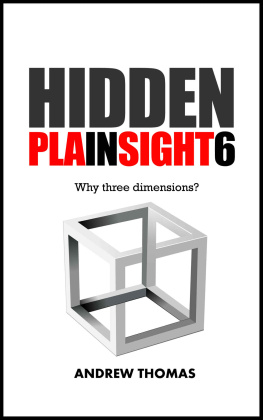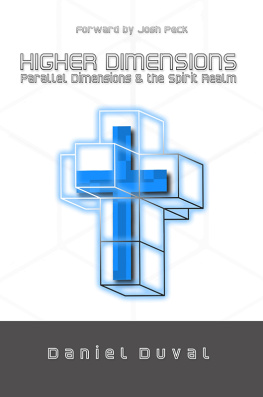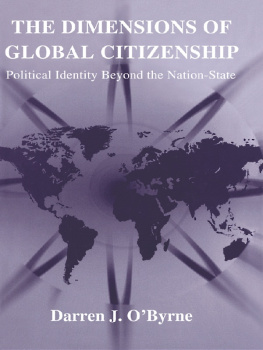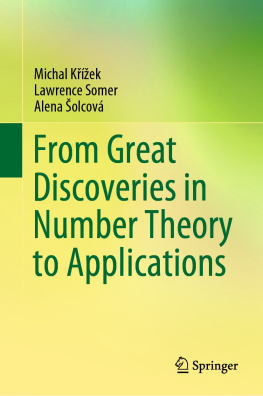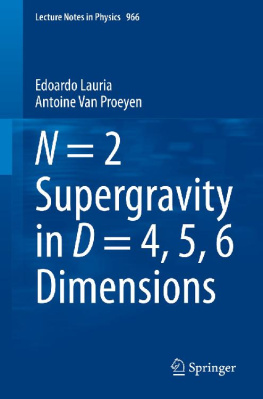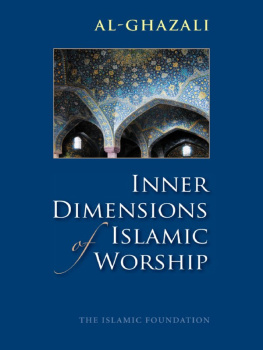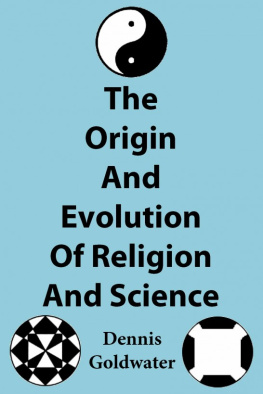Andrew H. Thomas - Why Three Dimensions?
Here you can read online Andrew H. Thomas - Why Three Dimensions? full text of the book (entire story) in english for free. Download pdf and epub, get meaning, cover and reviews about this ebook. year: 2016, publisher: CreateSpace, genre: Children. Description of the work, (preface) as well as reviews are available. Best literature library LitArk.com created for fans of good reading and offers a wide selection of genres:
Romance novel
Science fiction
Adventure
Detective
Science
History
Home and family
Prose
Art
Politics
Computer
Non-fiction
Religion
Business
Children
Humor
Choose a favorite category and find really read worthwhile books. Enjoy immersion in the world of imagination, feel the emotions of the characters or learn something new for yourself, make an fascinating discovery.
- Book:Why Three Dimensions?
- Author:
- Publisher:CreateSpace
- Genre:
- Year:2016
- Rating:5 / 5
- Favourites:Add to favourites
- Your mark:
- 100
- 1
- 2
- 3
- 4
- 5
Why Three Dimensions?: summary, description and annotation
We offer to read an annotation, description, summary or preface (depends on what the author of the book "Why Three Dimensions?" wrote himself). If you haven't found the necessary information about the book — write in the comments, we will try to find it.
Why are there three dimensions of space? It is surprising that science does not know the answer, though there have been some inventive and controversial ideas. This book considers many of those ideas and presents a new solution why three is the magic number.
**
Why Three Dimensions? — read online for free the complete book (whole text) full work
Below is the text of the book, divided by pages. System saving the place of the last page read, allows you to conveniently read the book "Why Three Dimensions?" online for free, without having to search again every time where you left off. Put a bookmark, and you can go to the page where you finished reading at any time.
Font size:
Interval:
Bookmark:
Andrew Thomas studied physics in the James Clerk Maxwell Building in Edinburgh University, and received his doctorate from Swansea University in 1992.
His Hidden In Plain Sight series of books are science bestsellers.
Hidden In Plain Sight
The simple link between relativity and quantum mechanics
Hidden In Plain Sight 2
The equation of the universe
Hidden In Plain Sight 3
The secret of time
Hidden In Plain Sight 4
The uncertain universe
Hidden In Plain Sight 5
Atom
Hidden In Plain Sight 7
The fine-tuned universe


Copyright 2016 Andrew D.H. Thomas
All rights reserved.
Why are there only three dimensions? It is surprising just how little research there has been on why there are three dimensions of space. In fact, I believe this is only the second book dedicated to the precise question which has ever been written (the first book was written by Ptolemy, two thousand years ago).
You might imagine that the question of why there are three dimensions of space would be one of the most outstanding and pressing questions facing physics today. But it is rarely mentioned in that respect. Whenever a list is compiled of the most important questions facing physics, the usual suspects always appear: unifying gravity and quantum mechanics, dark energy and dark matter, the so-called hierarchy problem in particle physics. But you will rarely see the question arising of why there are only three dimensions. Is the question considered too difficult, and is therefore best ignored?
Admittedly, as we shall see later, string theorists might argue that there is plenty of research in string theory to provide an answer to why we only observe three dimensions though string theory actually predicts there are ten dimensions of space! So string theory is not so much a drive to answer the question of why there are only three dimensions it is more a drive to answer the question of why we do not observe the troublesome seven dimensions which are predicted by string theory but do not fit the bill.
This book also contains a description of the very exciting recent discovery of gravitational waves.
I have really enjoyed writing this book, probably my most enjoyable book so far. I have found it to be a fascinating topic, with lots of interesting side-issues emerging. I hope you enjoy reading it as much as I enjoyed writing it.
I think the conclusion in the final chapter is particularly convincing.
Once again, thank you for your support.
Andrew Thomas
(hiddeninplainsightbook@gmail.com)
Swansea, UK
2016
In 1990, the American hip-hop trio De La Soul had one of their biggest international hit singles. The track was called The Magic Number, and it reached No. 7 in the UK pop chart. The song emerged at a time when rap music was dominated by violent and misogynistic themes. In contrast, De La Soul sang about love and peace and harmony, themes which were more commonly associated with the 1960s hippie community.
In the lyrics of the song, De La Soul appear quite convinced that the "magic number" is the number three. As an inquisitive physicist, I was intrigued by this apparent certainty as we clearly live in a universe which has three dimensions. An object can move in three independent directions: left/right, forward/back, and up/down. Perhaps surprisingly, we simply do not know why it is the case that there are three dimensions. Why is three genuinely a magic number in this respect?

So I was intrigued by the De La Soul track and decided to investigate the lyrics more closely. Had this talented but otherwise seemingly unremarkable trio stumbled upon a secret which had so far eluded the best minds of the scientific community?
Perhaps it was a long shot. And, after reading the lyrics, I must admit I was disappointed.
At the core of De La Soul's thesis seemed to lie the idea that three was a "magic number" purely on the basis that there were three musicians in their group. Furthermore, they appeared to regard their repeated assertion that "Three is the magic number" as some sort of substitute for a testable scientific hypothesis.
So what is so special about the number three? This opening chapter will just consider the number three. Is there anything obviously remarkable about this number? Is it inherently special?
After my initial disappointment, I returned to consider the De La Soul track and decided that perhaps there might be some truth in what they said. I came to this conclusion because, basically, it's a great track. You don't mind that their argument is unconvincing because the lyrics work in the overall context of the song. What is more, the song was a big hit, which seems to suggest that a lot of people agreed with De La Soul: the number three certainly seemed like a plausible contender to be a magic number.
So why did the number three work in the context of the song? That question is equivalent to asking why treating the number 17, or 54, or 378.25 as the magic number simply would not work as the lyric.
"378.25, and that's the magic number." I don't think so.
Of course, an obvious answer is that the word "three" only has one syllable, whereas the phrase "three hundred and seventy eight point two five" has eleven syllables, so it simply would not fit into the rhyming structure of the line. But the word "six" has only one syllable, as does "one", "two", "three", "four", "five", "eight", "nine", "ten", or "twelve". With all these possible alternatives, why pick three as the magic number? Let us consider the properties of the number.
Firstly, three is a natural number, which are the numbers used for counting. For example, we might say "There are six apples on the table". The natural numbers are the non-negative integers. According to the German mathematician Leopold Kronecker: "God made the first ten numbers; the rest is the work of man." With this quote, Kronecker emphasized that the whole mighty edifice of mathematics is fundamentally based on simple numbers.
Animal bones dating back to 30,000 BC have been found with scratch marks which seem to indicate some form of early counting behaviour. This probably indicates a hunter recording his kills, or of early farmers counting livestock. It is known that shepherds frequently used pebbles to count their sheep (the word "calculate" derives from the Latin calculus which means "pebble"). Our natural acquaintance and use of the non-negative natural numbers for counting purposes a direct connection with the physical world might provide one explanation for our apparent affinity with certain natural numbers. For example, De La Soul would have been unlikely to sing "Minus five, that's the magic number".
Font size:
Interval:
Bookmark:
Similar books «Why Three Dimensions?»
Look at similar books to Why Three Dimensions?. We have selected literature similar in name and meaning in the hope of providing readers with more options to find new, interesting, not yet read works.
Discussion, reviews of the book Why Three Dimensions? and just readers' own opinions. Leave your comments, write what you think about the work, its meaning or the main characters. Specify what exactly you liked and what you didn't like, and why you think so.

